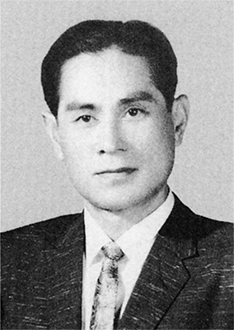The universe was created after the pattern of a human being, who is in the image of God’s dual characteristics. Therefore, the structure of the universe and every entity in it resembles that of a human being, which consists most fundamentally of mind and body (cf. Creation 1.2). Corresponding to the human mind and body, the universe consists of the incorporeal world and the corporeal world, both of which are real and substantial.
The incorporeal world is so called because we cannot perceive it through our five physical senses. Yet we can perceive it through our five spiritual senses. Those who have had spiritual experiences testify that the incorporeal world appears as real as the world in which we live. The incorporeal and corporeal worlds together form the cosmos.
The body cannot act apart from its relationship with the mind; a person cannot perform true actions apart from a relationship with God. Likewise, the corporeal world cannot manifest its true value apart from a relationship with the incorporeal world.
Furthermore, just as we cannot discern a person’s character without fathoming his mind, and we cannot understand the fundamental meaning of human life without understanding God, so we cannot completely understand the nature and structure of the corporeal world without understanding the nature and structure of the incorporeal world.
The incorporeal world, or spirit world, is in the position of subject partner, and the corporeal world, or physical world, is in the position of object partner. The latter is like a shadow of the former (Heb. 8:5). When we shed our physical bodies after our life in the physical world, we enter the spirit world as spirits and live there for eternity.




